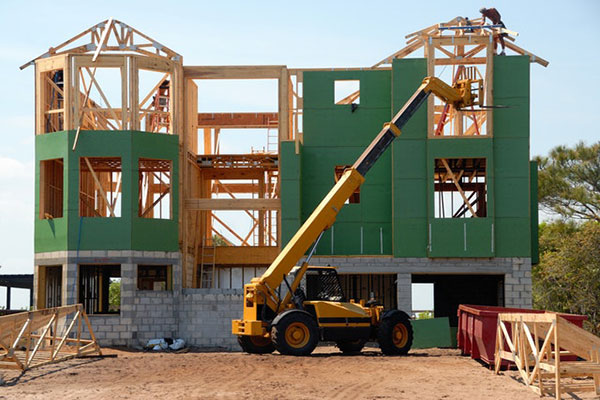There are many reasons to have your home inspected. Depending on your situation, you could be selling an existing property or seeking new insurance. If you’re planning on having an inspector inspect your home, the property must be in tip-top form. The result of an inspection can be affected by even the tiniest of things. It’s the responsibility of inspectors to identify any problems at the earliest possible time. Making the necessary repairs before an inspector arrives at your residence may be easier if you split your home into categories.
Preparing Your Home for Inspection
It’s easy to that you want to put your home up for sale. However, getting your home ready to be inspected is the most challenging component of the procedure. Take a look at the following items.
 Exterior
Exterior
Among the exterior features of your home are the roof, siding and windows, and foundation. First, you must conduct an extensive inspection of outside doors and windows to seal them correctly. Next, it’s important to fix any siding that is damaged or missing and any parts of the roof or walkway that have been damaged. Next, ensure that your chimney has been properly vented if you have one. Finally, the lawn must be maintained and cut. In the end, any mulch or gravel should be removed from the foundation’s foundation.
Interior
Appliances that need electricity, such as lighting and plugs, should work well in your home. The access to your main electric panel should be straightforward. Everything in the plumbing system should function as well as it did before. Cleaning and getting rid of clutter is generally a good idea. However, while a clean home is not the primary goal of home inspections, it does help if the inspector does not need to move things around while inspecting different fixtures.
Cracks in the walls and ceilings need patching up before the home inspection. In some instances, painting the walls in areas with high traffic may be advantageous to eliminate the stains of fingerprints and other dirt from the wall. The state of the floor should always be visible by cleaning and mopping the floor.
Crawlspace/Basement/Attic
A thorough inspection of the attic space, basement, and crawlspace of each house inspection is conducted. Ensure that any external vents are clear of obstructions and offer adequate ventilation. Properly fitted insulation should be placed away from the air vents. Before the inspection, the basements and crawl spaces should be kept dry, and any leaks must be dealt with. Electrical wiring must be in good function order and securely secured.
HVAC System
Ensure that your home’s heating and cooling systems work properly before leaving for your holiday. Clean or replace your filters and vents according to the manufacturer’s guidelines. Ducts should also be cleaned if they are possible. During the inspection, thermostats should be operational and accessible. In addition, turning on your heater and the air conditioning is generally a requirement for an inspector. Finally, provide the inspector with an invoice if your HVAC has been recently updated or repaired.
The majority of home inspections are conducted. However, you might be able to take some lessons from them. For example, some things need to be mended within your home and when they should be completed. This also gives you an indication of the home’s worth and the quality of its construction. So, before you call an inspector, take a look around your house and make any necessary changes that may affect its overall value. This can make your home attractive to potential buyers, which is best for you.


